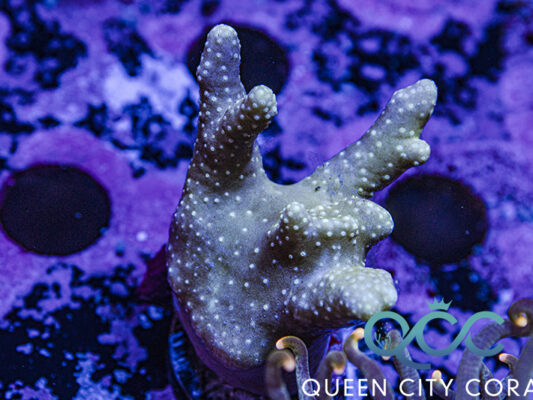$99.99 Original price was: $99.99.$84.99Current price is: $84.99.
Out of stock

-

-

-

-

-

-

-

-
All packages are shipped UPS Next Day Air Monday-Thursday.
* Delivery services subject to availability
We offer financing options through providers such as Klarna and Affirm
**Clam is 1-2″ when fully open!
The Maxima Clam is also known as the Small Giant Clam and is one of the most widely recognized species of the giant clams. The beauty of its mantle with its rich variety of patterns and vivid colorations makes for a spectacular display in reef aquariums that are illuminated properly. Maxima Clams are known to live together in great congregations, and they can attain a maximum size of 12″ in the wild.
The vast majority of Tridacna maxima available in the aquarium trade are cultured on land based clam farms in the Central and South Pacific. Maxima Clams are found in an endless variety of colors and patterns, and these clams are graded for size, their intensity of coloration, and how complex their patterns are, and then priced accordingly. Larger clams that have the most intense coloration and intricate patterns are much more expensive.
Maxima Clams can be identified by having a more elongated shell that lacks symmetry, with narrowly spaced scutes or scallops on the upper portions of each side of their hinged shells. Like some other members of its genus, T. maxima attach to hard substrate or rockwork with thread like appendages called byssal filaments, and can eventually burrow or bore into porous substrate over time. Maxima clams will arrive either unattached or attached to a small piece of rock or substrate. They will normally attach to a solid surface within a day or so of being introduced into the aquarium, so keep in mind that their first placement should be considered permanent. Never forcibly remove an attached clam from the substrate or rockwork, as lethal damage to their foot and other tissue will be inevitable. As a last resort, to remove a clam from a hard surface gently cut each byssal thread with a razor blade as close to the attachment point of the rock or solid surface, making sure not to slice or damage any tissue.